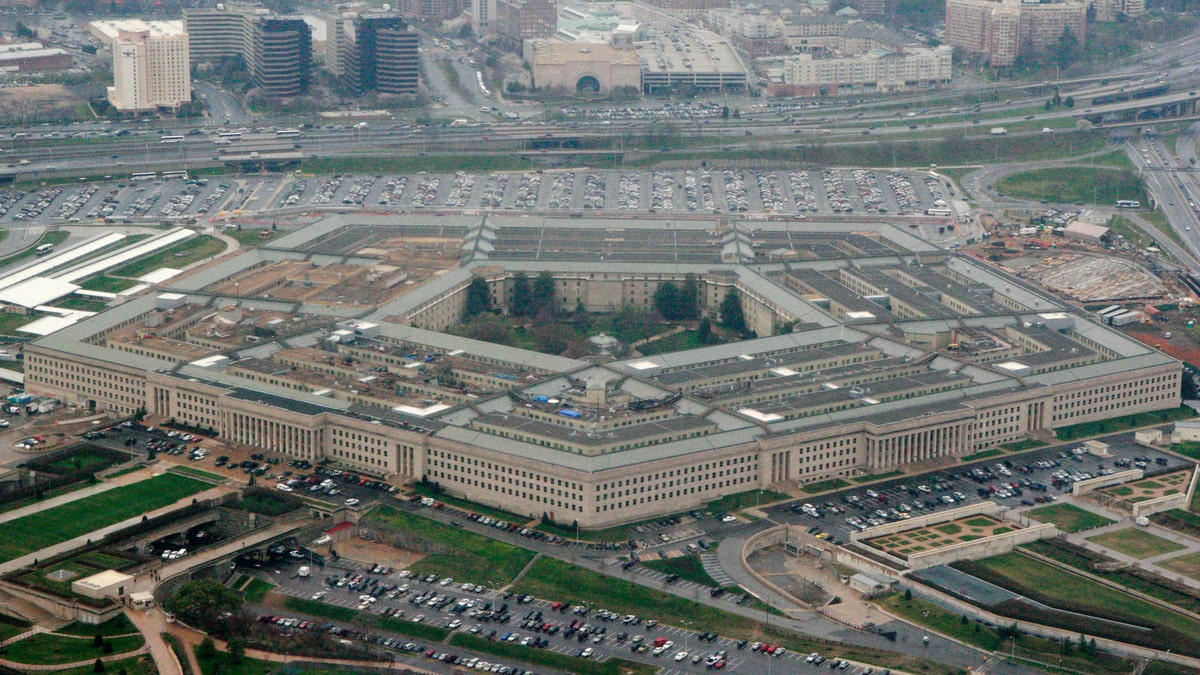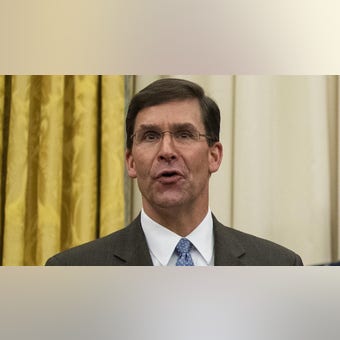U.S. Army kicking out 1,500 soldiers over vaccine status is ‘absurd’: Brett Velicovich
Former U.S. Army Special Operations veteran Brett Velicovich discusses the negative impact the COVID-19 vaccine mandate has had on the United States military on ‘Fox & Friends Weekend.’
The U.S. military’s all-volunteer force (AVF) is slowly dying. In the five decades since conscription ended, the AVF produced the high-quality force it promised. In conflict after conflict, the more-experienced, better-motivated, and professional U.S. troops dominated the battlefield.
Today, however, the armed services are struggling to meet their recruiting goals like rarely before. The Army is the most affected, projected to fall short by up to 15,000 soldiers, with a larger deficit expected next year. Experts point to a variety of reasons, such as insufficient pay and benefits, a difficult work-life environment, "culture war" issues, COVID-19, and a strong job market. Even if each were "fixed," the core issues driving the AVF’s decline still won’t be reversed.
The fact is the pool of Americans aged 17-24 who are qualified and interested in serving continues to shrink. When I was secretary of the Army in 2018, 71% of these 34 million young people could not meet the military’s entry requirements due mostly to obesity, drug use, physical and mental health problems, and criminal misconduct. Four years later, that number is even higher. Further, of the 23% eligible to serve today, another 10% don’t meet the military’s academic standards. Worse, of the 3.5 million young Americans remaining, only 9% (~320,000) have a proclivity to serve. A nation of 332 million people should do better than that.
MARINE CORPS RESCINDS PENALTIES FOR SERVICE MEMBERS SEEKING COVID VAX RELIGIOUS ACCOMMODATIONS
The numbers are all heading in the wrong direction, driven by broader cultural and lifestyle trends and a population unfamiliar with the less than 1% of the U.S. population in uniform that protects them. When the draft ended in 1973, most young people had a family connection to the armed forces who could explain military life and encourage service to country; today that number is far lower. Major reductions in the size of the U.S. military and in the number of bases across the country after the Cold War’s end contributed to this problem. A "knowledge gap" has grown over time due to civilians’ lack of interaction with those in uniform. This has led to an "identity gap" that inhibits many from considering a stint in the armed forces. It’s no mystery why a military caste has developed in America, with nearly 80% of today’s service members having a family member that served. All of this affects a broader set of civil-military relations with which the nation is wrestling.

Pentagon officials are struggling to find recruits. (AP Photo/Charles Dharapak, File)
The scope and scale of these trends are beyond the ability of the Pentagon to remedy. There are actions the services can and are taking, but these only address the problem at the margins. Because the ability of the military to defend the country depends directly on a sizable force of top-notch volunteers, this is a national challenge that must be addressed at the highest levels.
This means the White House and Congress must work together to reverse the underlying trends. They could begin by standing up a bipartisan commission of esteemed leaders, much like President Richard Nixon did in 1969 when he decided to end conscription. This time, rather than creating the AVF, the new panel’s mission would be to save it. As such, commissioners must focus on the key issues: increasing the pool of young people qualified to serve and raising their interest in doing so.
CLICK HERE TO GET THE OPINION NEWSLETTER
For reasons that also extend beyond the military’s needs, the commission should look at ways to improve the health and fitness of America’s youth, review and update eligibility requirements, expand JROTC nationally, create new ways for civilians to interact with their military brethren, eliminate misconceptions about military life, and ensure recruiters unfettered access to high schools across America. Meanwhile, the Pentagon must steer away from lowering standards, reducing the size of the military, or creating hollow combat formations. We must field the force we need to win our nation’s wars, not take shortcuts.
The president and lawmakers, working with governors as appropriate, must also educate and inspire our youth by addressing their concerns, extolling the virtues of military service, and discussing the benefits and opportunities that come with answering the call to duty. They should also seek the assistance of sports figures, entertainers, and others who are influential with America’s youth. A message along the lines of "be healthy, keep fit, avoid trouble, and consider serving your country in uniform" would be a solid start.
CLICK HERE TO GET THE FOX NEWS APP
With the threats from China and elsewhere growing, we cannot risk our future by ignoring these issues. Most solutions will take years to bear fruit, and a return to conscription is not the answer. But if we are to deter war, be victorious if it comes, and win the 21st century, we will need to maintain a sizable, high-quality force of volunteers. That means today’s leaders must act now to educate and inspire the next great American generation to serve.

